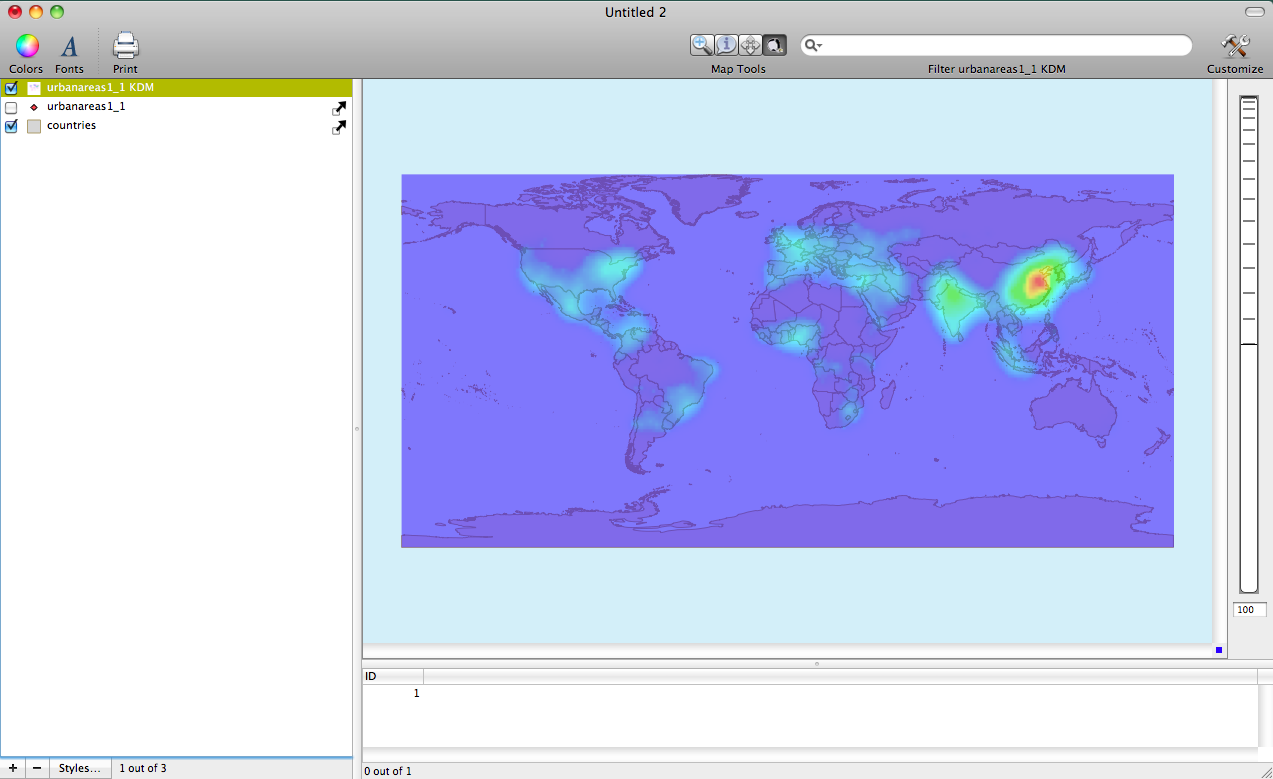

Muséum national d'histoire naturelle, Paris, 171 p.īioret F. Text and tables by class of the Prodrome (PVF2)īardat J., Bioret F., Botineau M., Boullet V., Delpech R., Géhu J.-M., Haury J., Lacoste A., Rameau J.-C., Royer J.-M., Roux G. Hierarchical tree of European bryosociological classification (2006) Hierarchical tree of European phytosociological classification (2002)
#Synonymia cartographica manuals
Hierarchical tree of phytosociological units of Habitats manuals Hierarchical tree of bryosociological synopsis The bryosociological synopsis has not been the subject of any update. The Prodrome is not, however, a fixed repository development of knowledge is taken into account, notably through the publication of addenda. The divisions of the PVF2 classes are published as they are drafted in the French Botanical Society's Journal of Botany, Acta Botanica Gallica, or in phytosociological documents (full list of publications). In addition, a classification of bryophytic communities has been published up to the sub-association level (Marstaller, 2006).

It concerns vascular plant, bryophyte, lichen, and algal communities. In complementarity with the Prodrome, a synopsis of the bryophyte communities for metropolitan France was published in 2002 (Bardat & Hauguel, 2002 Bardat, 2003).Īt European level, there is a phytosociological classification (Rodwell et al., 2002 Mucina et al., 2016) for the higher units of vegetation (from class to alliance). These having been replaced within the Prodrome of French Vegetation (PVF1), the whole constitutes a typology of the phytosociological units of the Habitats Manuals. The latter detail the habitats of Community interest present in France, and specify the phytosociological units concerned by each habitat. The Prodrome of French Vegetation (PVF1) served as a framework for the phytosociological correspondences of the Habitats Manuals (Bensettiti et al., 2001-2005).
#Synonymia cartographica full
A detailed presentation of the associations under 12 headings (in the case of supranational syntheses, only associations present or to be found in France are concerned by this second section): full name of the association, synonyms, higher units, nomenclature type, physiognomy, characteristic species combination, synecology, variations, synchorology, axes to be developed, correspondences with the classifications of European habitats, and bibliographical referencesĬlic here to find out the methodological program pattern.A summary presentation containing information on the higher units and a listing of associations by alliance (or suballiance).If the manager considers it appropriate, the syntheses may be extended to European level. The division of the Prodrome is organised class by class around a manager coordinating the division at national level. More than 87 classes and around 2 800 associations are to be processed. Its division at association level (or PVF2) was launched in 2006 in order to continue the work carried out between 19 (Bioret & Royer, 2009 Bioret et al., 2013). The first version of the Prodrome (or PVF1, Bardat et al., 2004) presents a synsystem of the higher units of vegetation (from class to suballiance) for metropolitan France. It classifies plant groups into a hierarchical system on 8 levels (from class to subassociation) described as a phytosociological synsystem. The Prodrome of French Vegetation is the national typological repository for sigmatist phytosociology.



 0 kommentar(er)
0 kommentar(er)
